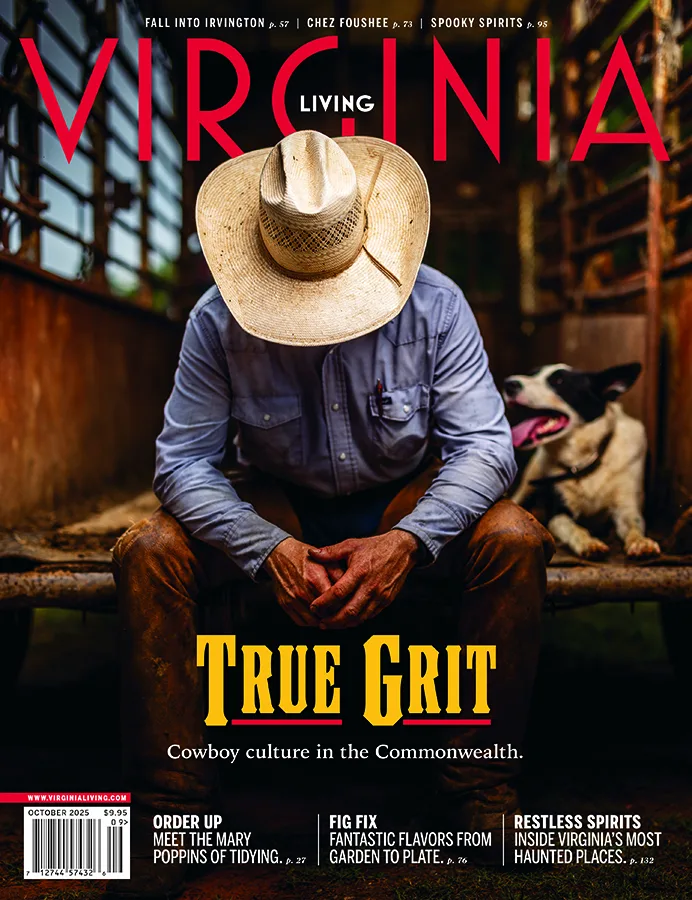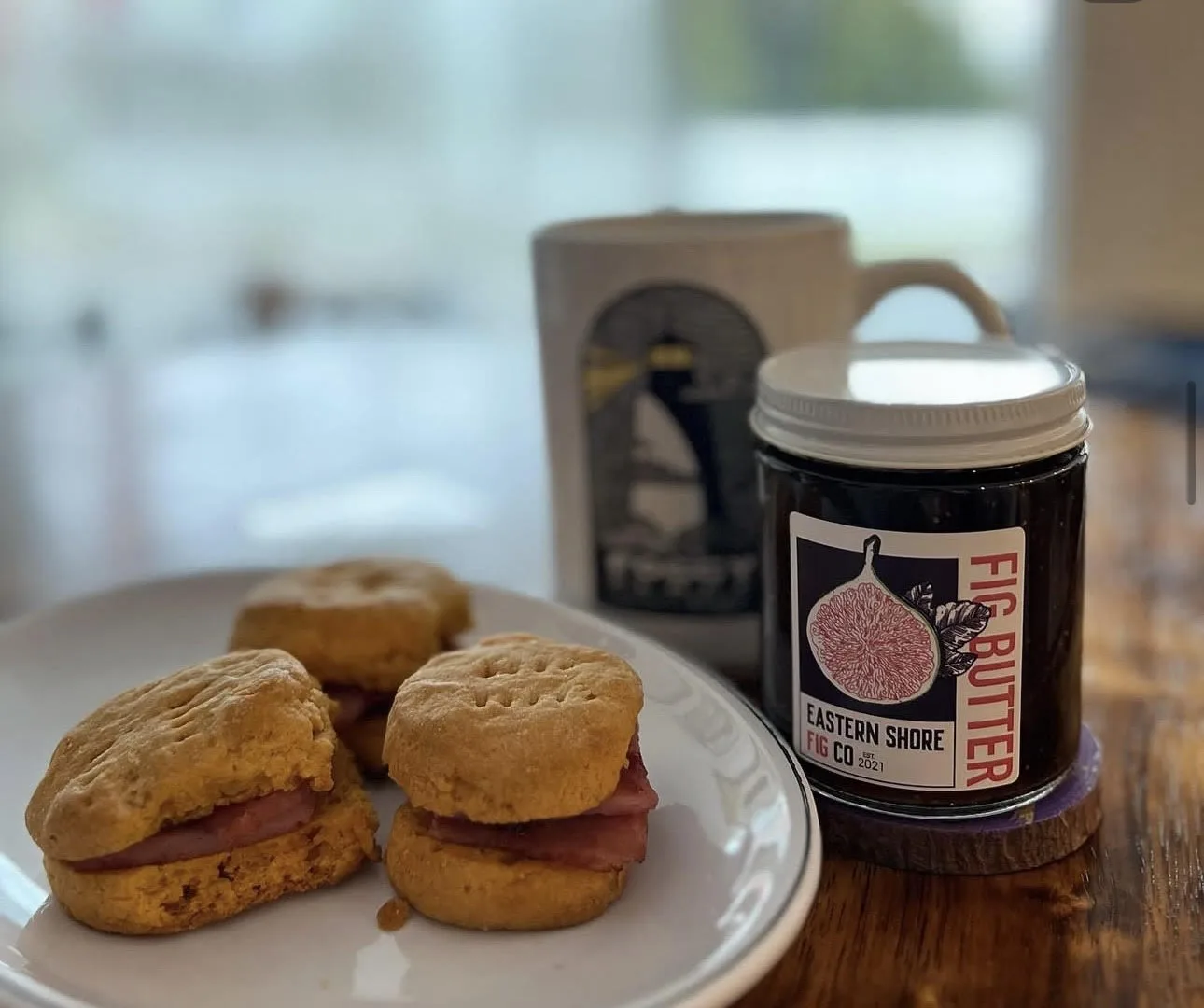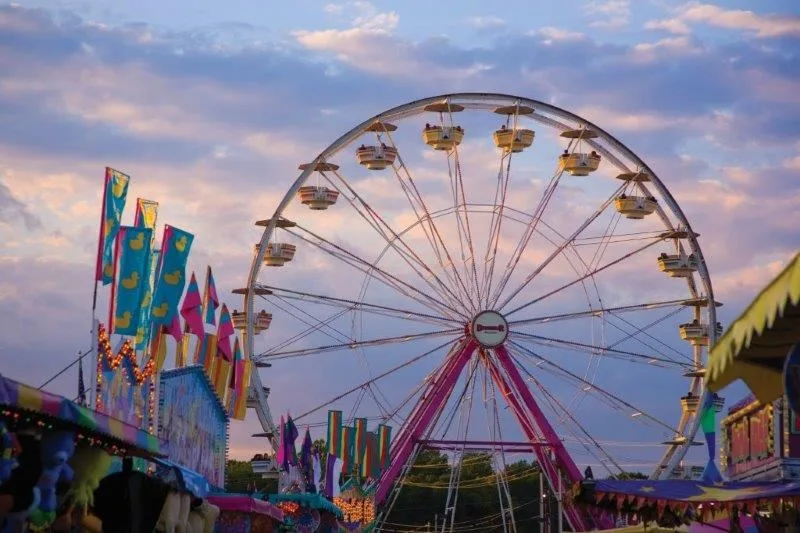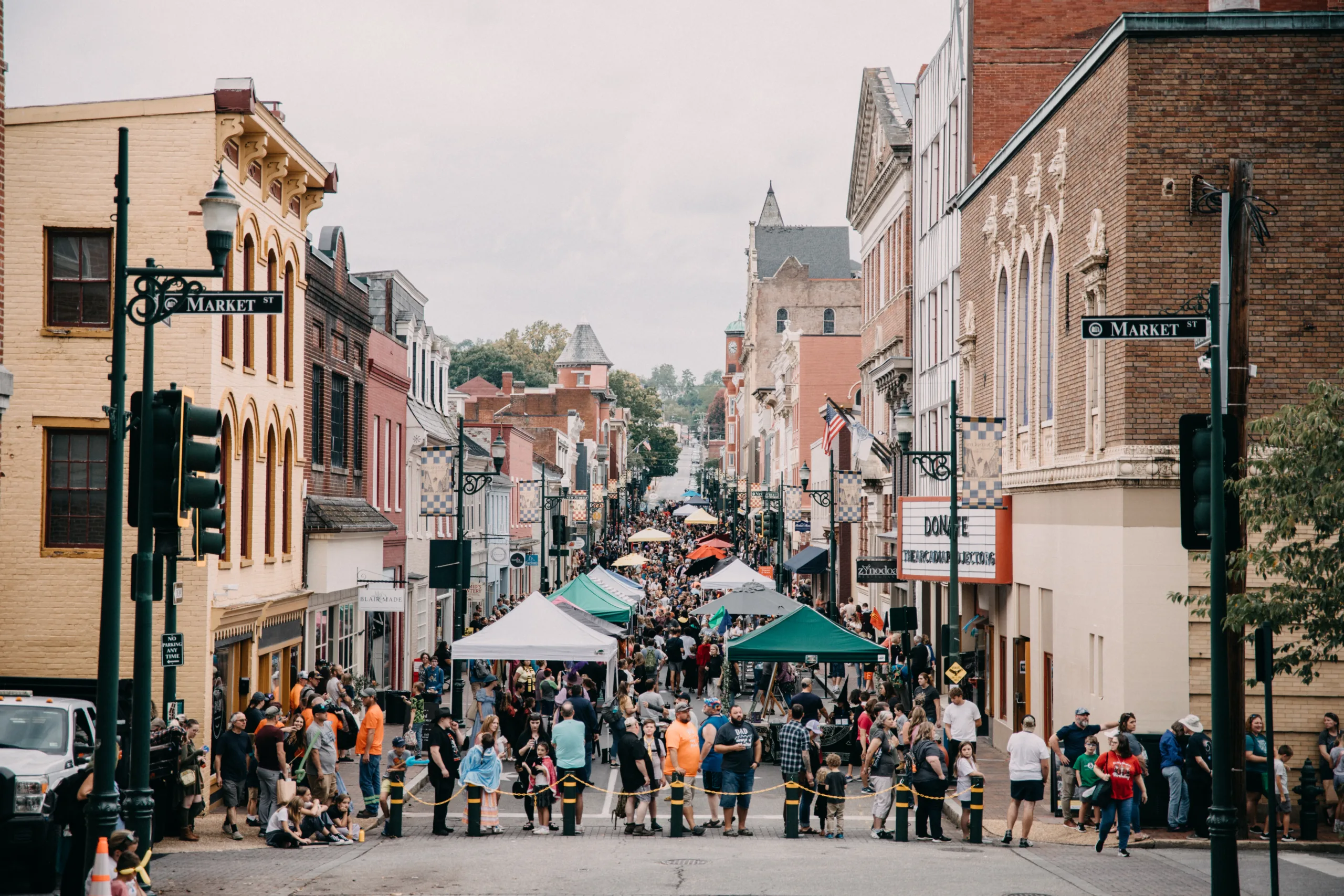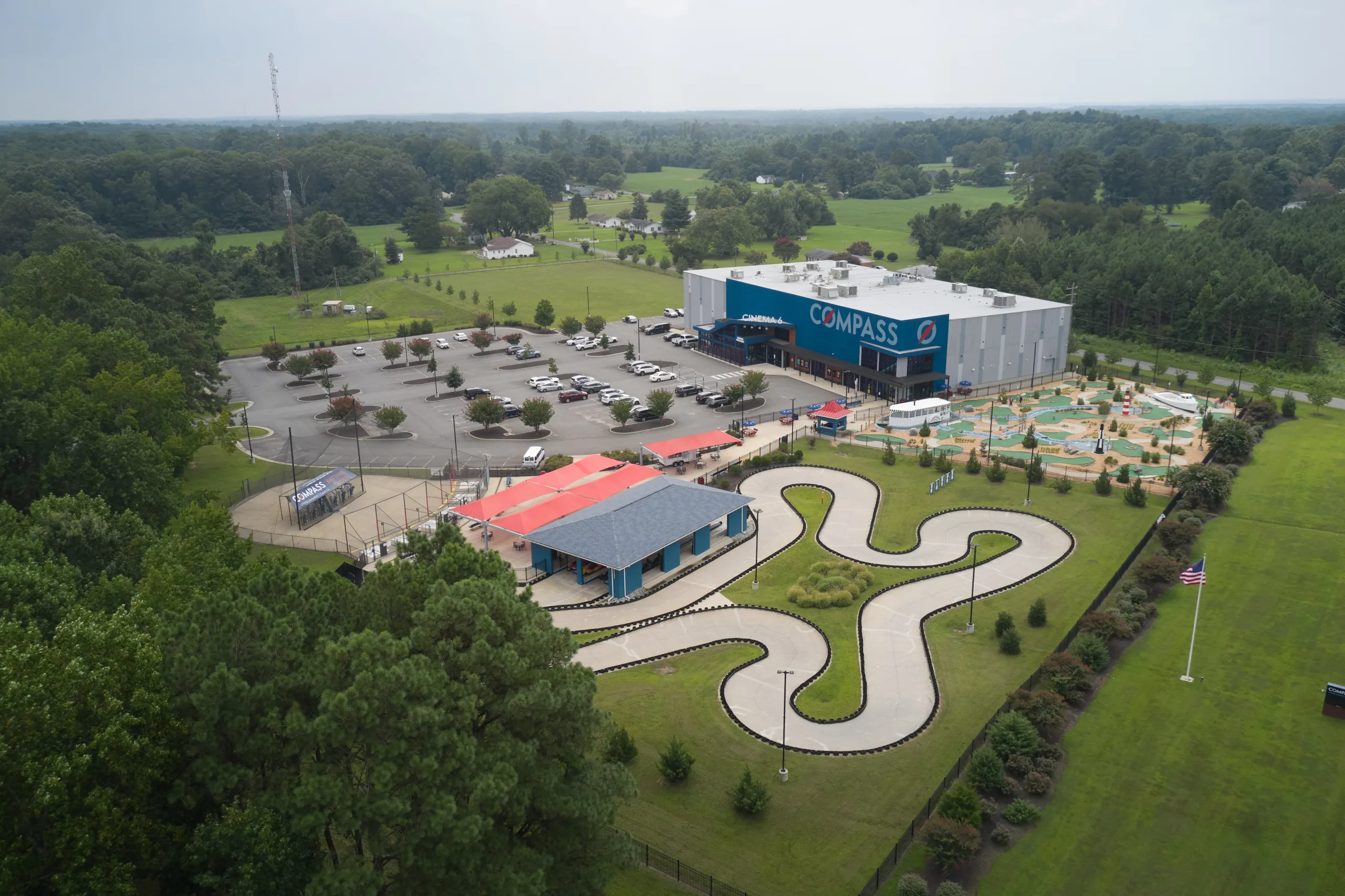For just a few fleeting weeks, usually late in the summer, Virginia’s Eastern Shore figs debut. Featuring an array of shapes, hues, flavors, and backstories, this tiny fruit (technically an inverted flower) is royalty. Despite its short season, many strive to celebrate each harvest, like Eastern Shore Fig Co.’s Paula Henao.
Founder of the Cape Charles-based business, Henao captures the essence of Eastern Shore summers in her dreamy fig butter that’s a medley of local figs and warming spices. “We have an enormous variety of figs on the Shore,” she says.
Figs begin ripening in August, with the magic lasting for about a month. Henao, equipped with buckets, treks out early in the mornings to collect everything from honey-reminiscent Brown Turkeys to intensely sweet Celestes.
“Each fig is super special in its own way,” she says. “It doesn’t matter the size or color—the key is the ripeness. If you catch it when ripe, regardless of variety and size, they can be so sweet and delicious on their own.”
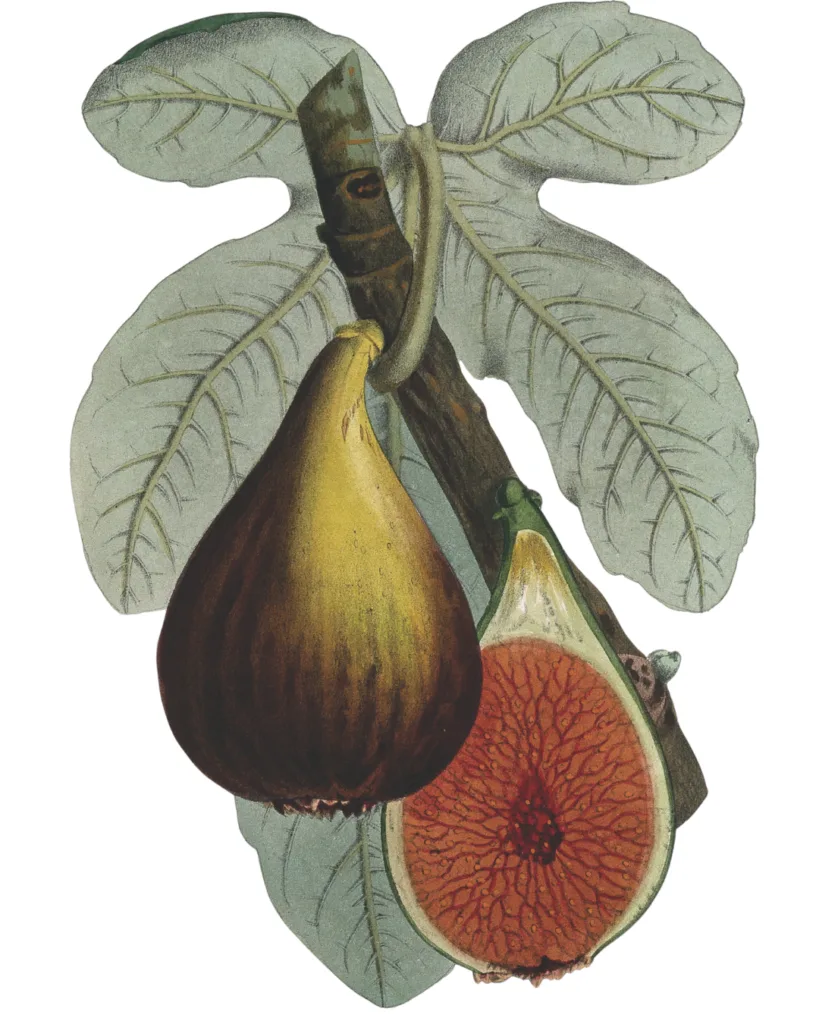
From Ice Cream to Edible History
Henao’s fig butter has become a staple in the region. It’s been featured in Cape Charles’ Brown Dog Ice Cream’s blends and mixed in local restaurants’ old fashioneds. Chatham Vineyards in Machipongo even includes the tasty spread on their bread and cheese board and sells it by the jar.
Fresh figs are also plentiful at area markets and farms. Seafield Farm, run by Jenna Rodriguez and husband Casey, has over 20 fig trees of around eight varieties, like Hog Island and Chicago Hardy. Many were gifted by the late Dr. Bernard “Bernie” Herman, an iconic Eastern Shore folklorist and historian.
“He had what he called a fig library,” says Rodriguez. “He knew the story of each fig tree.”
After about five years of growing, Seafield Farm’s fig trees are reaching decent production rates. The farm is looking to potentially sell figs this year or next. “Bernie was so passionate about the food sources coming from the Eastern Shore,” says Rodriguez. “I think the biggest thing he said about figs was making sure these things live on and to keep giving them to people.”
Four Centuries of Fig Culture
The Eastern Shore has been home to figs since the 1600s when European settlers arrived, bringing clippings with them. Over the centuries, the figs have evolved to become somewhat of a local masterpiece, likely enhanced by the region’s unique microclimate. With a location between the Atlantic Ocean and Chesapeake Bay, salty air, and nutrient-rich soil, all the elements combine to form a fig paradise.
“There is something special about the environment here for growing things,” says Rodriguez.
While countless varieties thrive along the Eastern Shore, some are exclusive to it, like Hog Island figs, which come in two varieties: Higby (a sweet, nectary fig possibly derived from one of the oldest Southern fig strands) and Grover Cleveland (a floral, honey-flavored fig that was a favorite of its namesake).
Hog Island figs were cultivated on this Virginia barrier island until the 1940s when the town was abandoned due to hurricane damage and erosion. Before leaving, residents brought clippings of these beloved figs back to the mainland.
Festivals, Friendships, and Fig Futures
The passion for figs here only continues to grow. Henao has aspirations
of starting a fig festival, and the Barrier Islands Center offers Hog Island fig trees for planting. The practice of gifting fig clippings also endures—perhaps another reason why they flourish here—because of the friendship and community bond they symbolize.
“Figs here are a bit of a culture,” says Henao. “There’s just such abundance on the Shore … It’s so much fun, and the best part is the people I’ve met along the way.”
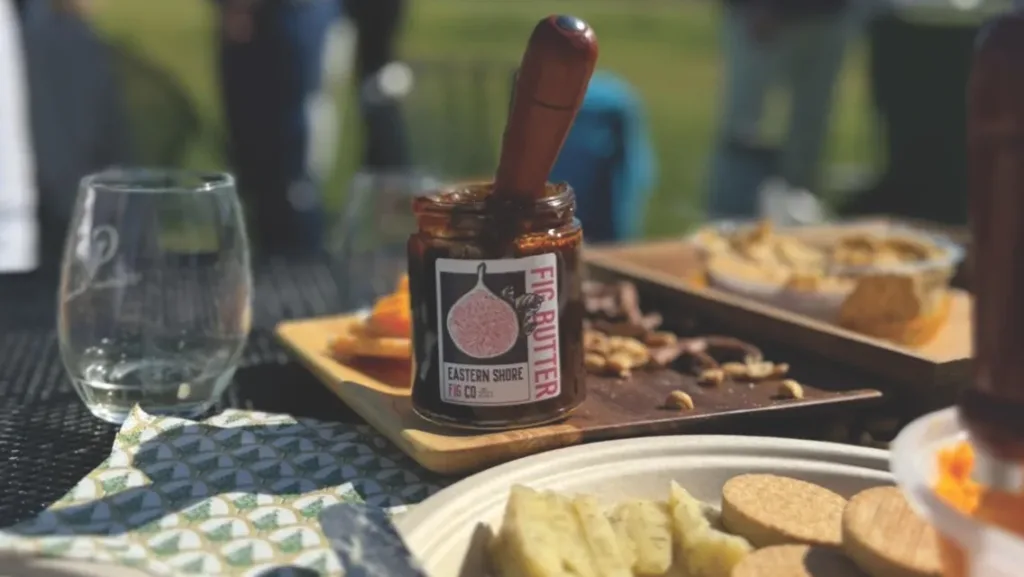
This article originally appeared in the October 2025 issue.
